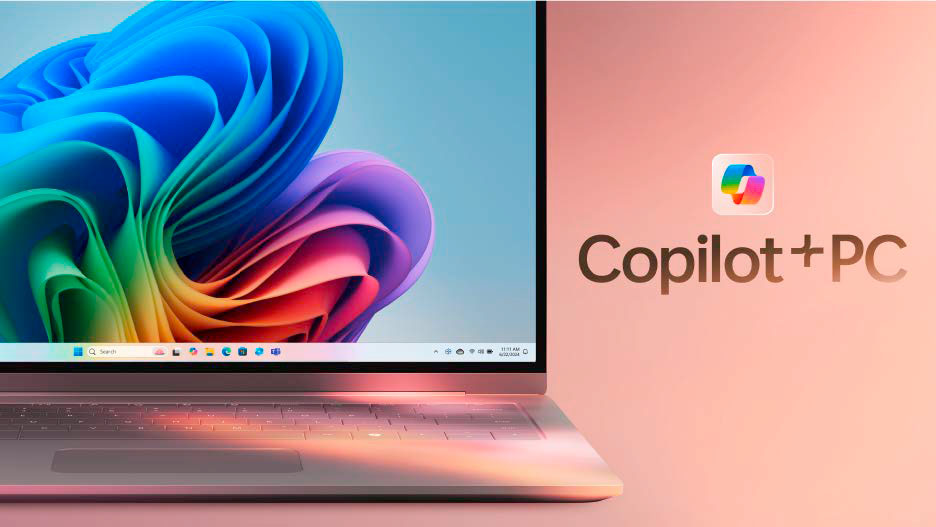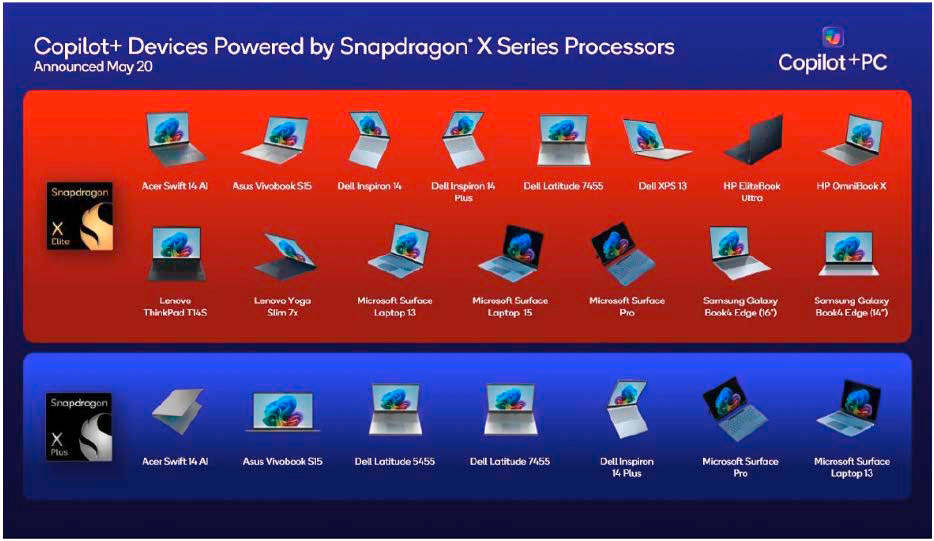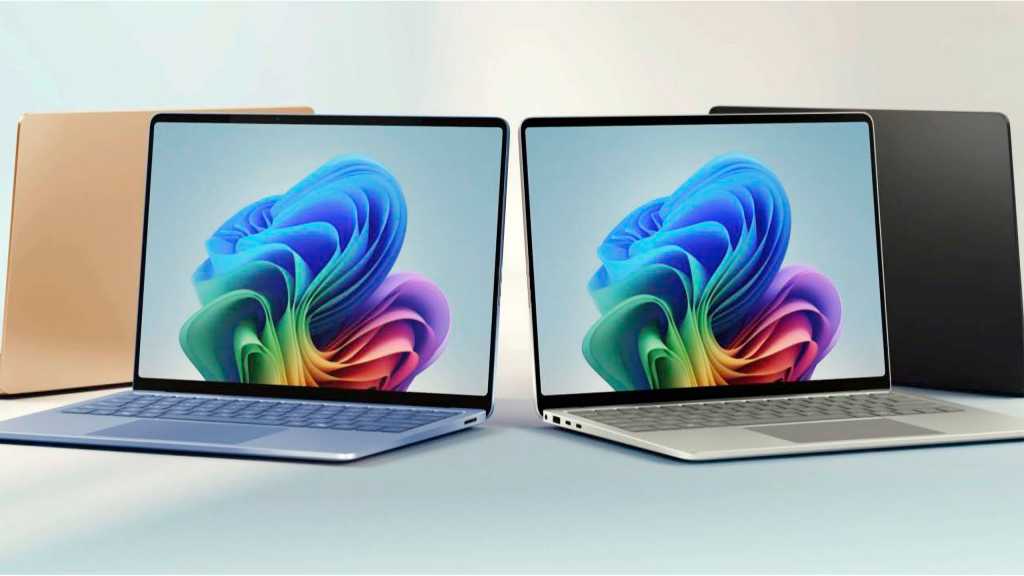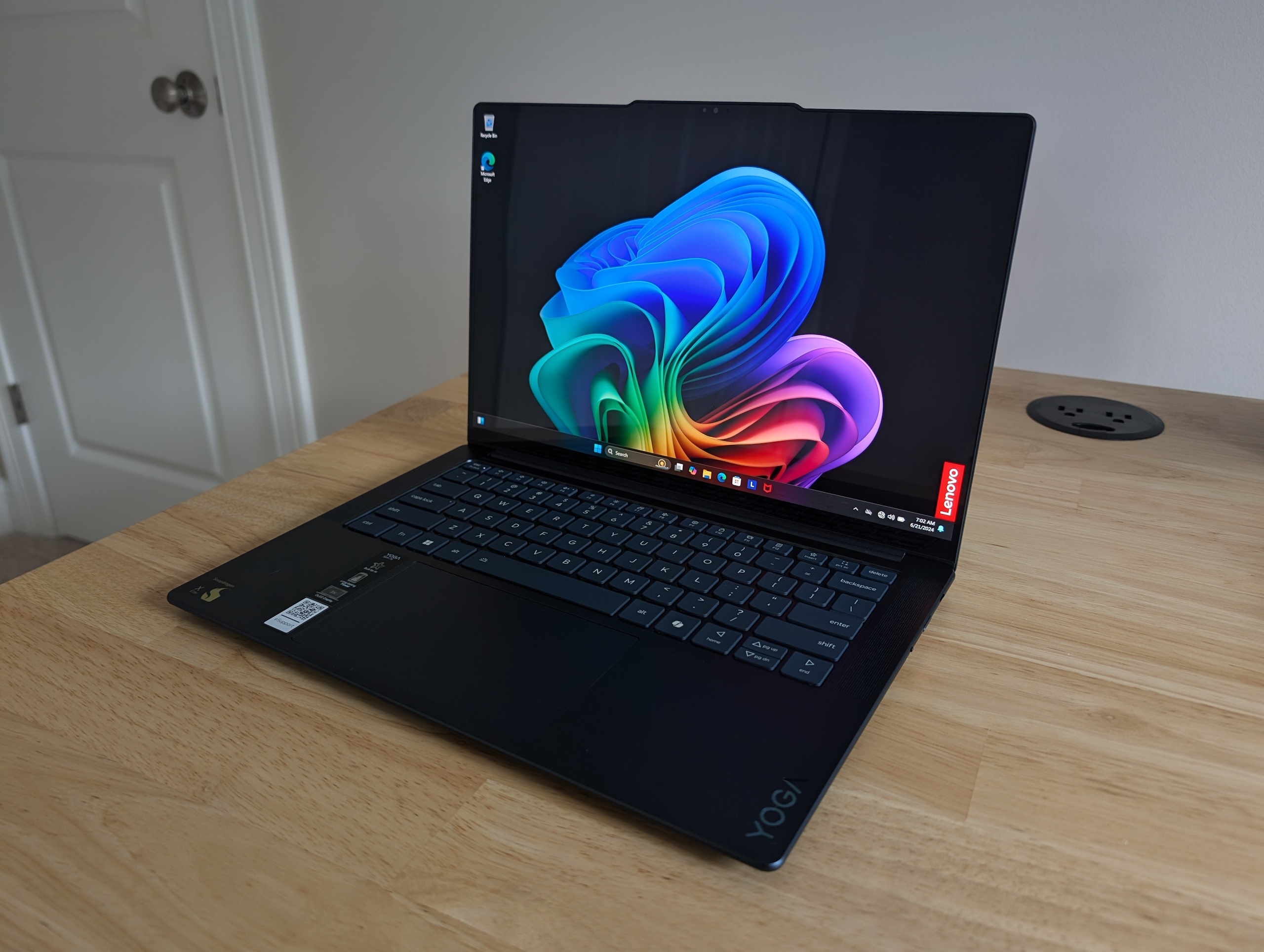Exciting times! Microsoft recently announced at its developer conference about artificial intelligence, a new laptop class with significantly more powerful Snapdragon X CPUs, and its new operating system for the Arm architecture all sounds really promising.
This is also true in view of the fact that Apple took this step very successfully and consistently years ago. In the meantime, the entire Mac model range has been converted to Arm CPUs from its own production; models with Intel x86 processors are no longer offered.
The fact that Microsoft is now announcing a similar step together with the important computer manufacturers Acer, Asus, Dell, HP, Lenovo, and Samsung is therefore definitely a sign of things to come.
On the other hand, as a long-time IT observer, it is almost alarming when Microsoft once again announces a “new PC era.” The company had already promised the same thing with Windows RT in 2012, but less than two years later, “the new generation of PCs on the Arm platform” was already history. The last devices with Windows RT were then withdrawn from the market.
Certainly, times have changed a lot since then and today’s Arm CPUs can hardly be compared with those of the past. The strength of Apple’s Arm chips compared to those from AMD and Intel on the so-called x86 architecture can be seen, among other things, in the fact that they work faster with the same number of cores and still consume less power. As a result, the notebooks last longer on a single battery charge.

Microsoft defines “Copilot+ PCs” as a new class of computers that have a powerful Neural Processing Unit (NPU) for AI tasks in addition to the CPU and GPU.
IDG
This alone does not guarantee success for the new system and the new computers. After all, one of the strengths of Windows has always been its compatibility with legacy software. However, this has yet to be proven, as some of the existing applications in the new Windows on Arm run on an emulation.
In the best-case scenario, users won’t even notice this, not even in terms of speed.
In the worst case, however, some software might not run at all, and for many Windows users this is likely to be a no-go and therefore a conscious decision against the Arm architecture. Until recently, Microsoft’s promise that “most existing apps and tools will run smoothly on new Arm devices” could not be verified.
After the experience of the past two decades that only every second Windows version is successful — this applies to XP, 7, and 10 and stands in contrast to the ME, Vista, 8, and 11 editions in between — the next one could now succeed again. As I said, exciting times.
Further reading: Good news! Most apps I’ve tried on Microsoft’s Copilot+ Surface just work
Windows and Surface devices with new Arm architecture
After this categorization, let’s take a detailed look at what Microsoft presented at the end of May. Much of the company’s developer conference centered on artificial intelligence and the associated new Copilot functions and versions.
At the same time, AI was and is at the center of the new PC hardware with CPUs based on Arm architecture and the associated new Windows version.
After the flop of Windows RT, such devices have only been available from Microsoft as absolute niche products. Now Redmond is making a new attempt to counter the increasing competition from Apple.

Alongside Acer, Asus, Dell, HP, Lenovo, and Samsung, Microsoft is also offering AI laptops with Arm processors. The new Surface devices cost between $1,000 and $2,000.
Foundry
The new “Windows on Arm” will initially only run on laptops with processors from Qualcomm. In other words, the company that is already extremely successful with chips for smartphones.
In line with this, Microsoft is launching its own devices in the new “Copilot+ PC” class: The Surface Laptop as a classic notebook and the Surface Pro as a detachable device with a touch display and detachable keyboard.
Further reading: Microsoft Surface Pro (2024) review: A tantalizing glimpse of the future
Both models are powered by either the Qualcomm Snapdragon X Plus chip with 10 cores or the Snapdragon X Elite with 12 cores.
The Surface Pro with a 13-inch display starts at around $1,200, depending on the amount of main memory and SSD. The Surface Laptop is available with a 13.8-inch or 15-inch screen, with prices also ranging from $1,000 to $2,000 depending on the features.
Microsoft is not sparing with superlatives for the new device class and calls them the “fastest, most secure and most intelligent Windows PCs ever built.” The new system architecture consisting of CPU, graphics processor, and the additional high-performance NPU (Neural Processing Unit) should lead to an “unprecedented level of performance.”
A “Copilot+ PC” is up to 20 times more powerful and up to 100 times more efficient at AI tasks compared to a 12th-generation Intel Core i7 configuration.
Microsoft also promises an all-day battery life: Videos should run for up to 22 hours on a single charge, while surfing the internet should be possible for over 15 hours. In addition to at least 16GB of DDR5 RAM and a 256GB SSD, a powerful AI processor is a prerequisite for classification as a “Copilot+ PC.”
Microsoft does not specify more precise requirements for the CPU, but the integrated NPU alone should deliver at least 40 TOPS, or 40 trillion operations per second.

Microsoft and several hardware manufacturers have announced 16 new AI notebooks with two different Snapdragon X CPUs from Qualcomm for the coming weeks.
IDG
Initially, Microsoft and the other manufacturers will only be using Qualcomm’s Snapdragon X chips. Acer, Asus, Dell, HP, Lenovo, Microsoft, and Samsung have announced a total of 16 AI notebooks for the summer, with some of the new devices expected to be available as early as June.
Later, “Copilot+ PC” computers with CPUs from AMD and Intel are also set to follow; however, both manufacturers will continue to rely on the previous x86 architecture, supported by powerful Nvidia graphics.
For x86 and Arm: Windows 11 version 24H2 twice
Although the operating system for the new AI notebooks is also called Windows 11 and looks the same as the previous one, technically they are two different systems with different instruction sets.
While Windows, with a few exceptions, has so far mainly run on x86 hardware, mostly with processors from AMD and Intel, the newly introduced variant works exclusively on the Arm architecture. This is another reason why it is only supplied pre-installed and not sold separately.
In the coming months, it will be important to pay attention to the version status. While Windows on Arm will be released immediately as version 24H2, the same version of traditional Windows will not follow until the autumn.
The new features that the autumn update will bring for all Windows 11 users include a new installation routine, native support for Wi-Fi 7, the use of Android phones as a webcam, the integration of the PC Manager optimization tool, the “sudo” superuser command familiar from Linux, the pack option in 7z and TAR formats, improved energy and quick settings for network, airplane, and night mode as well as the mobile hotspot.
Microsoft also wants to end the coexistence of the two parallel Teams versions with Teams. Finally, the AI assistant Copilot will soon be available on Windows 11 PCs in the EU for installation as an app from the Windows Store.
Recall: New AI function is not on board for the time being
In addition to the aforementioned changes in version 24H2, Windows on Arm offers additional new functions. Thanks to the high computing power of the NPU chips, various AI tasks will in the future be executed locally on the device and therefore much faster than before. Finally, latencies over the network will be eliminated.
Important: This new feature, known as Recall, is not currently included in Copilot+ PCs. This is because Microsoft has withdrawn Recall following protests. It remains to be seen what will happen with Recall. Read more about this here: Microsoft pulls Recall from initial launch of Copilot+ PCs.
More AI performance for Paint, videos, and other software

With the AI-supported Restyle function, personal photos can be given a new style. Restyle combines image editing and generation in a single step.
IDG
Other AI-supported programs will also benefit from the integrated Neural Processing Unit in the future. With Restyle, Paint, which is integrated into Windows, will receive a new function that changes the style of existing images.
There is also the improved tool for generating AI images, which has been renamed Image Creator.
The Live Captions function will in the future translate the sound of audio and video content in real time; the translations will be displayed as subtitles.
The free AI assistant Copilot and AI-supported software from third-party providers, including the Adobe software Photoshop, Lightroom, and Express, will also benefit.
This article originally appeared on our sister publication PC-WELT and was translated and localized from German.




